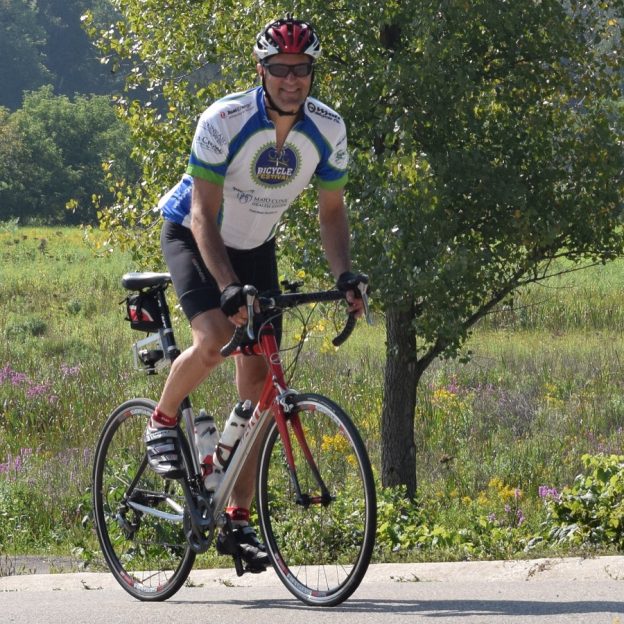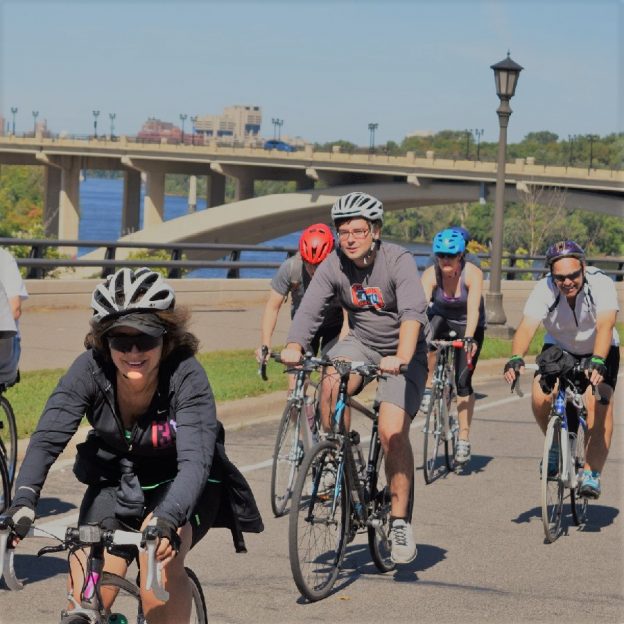Author: John Brown
-

Cycling Shoes: What Are The Differences and How To Make Sure They Fit
Cycling shoes can help you ride longer, faster and in greater comfort but only if you get ones that fit well. Read on to see what makes cycling shoes unique and how to find the right ones for you.
-
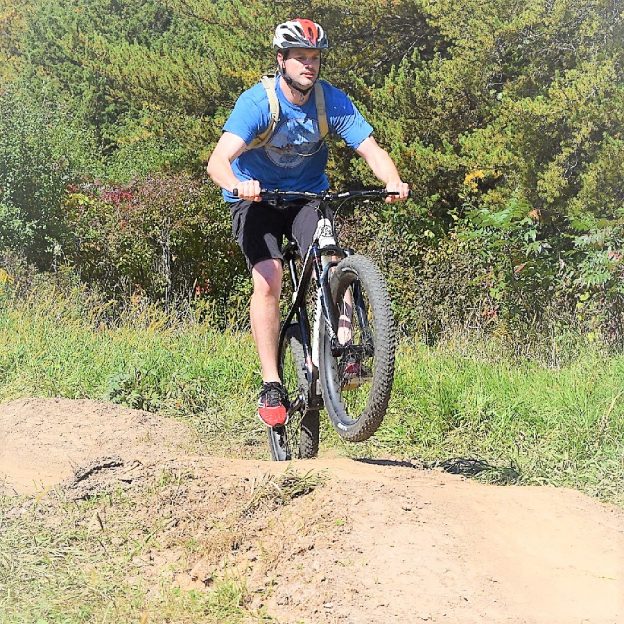
Bunny Hop and Wheelie Hop: A How to, Step by Step Guide
Not all trails are smooth and flat. Many time’s we encounter large rocks, roots, ledges, and logs. The bunny hop and wheelie hop are simple moves that you can learn to traverse these obstacles with speed. Below, we have spelled out a step by step process to learn to hop.
-
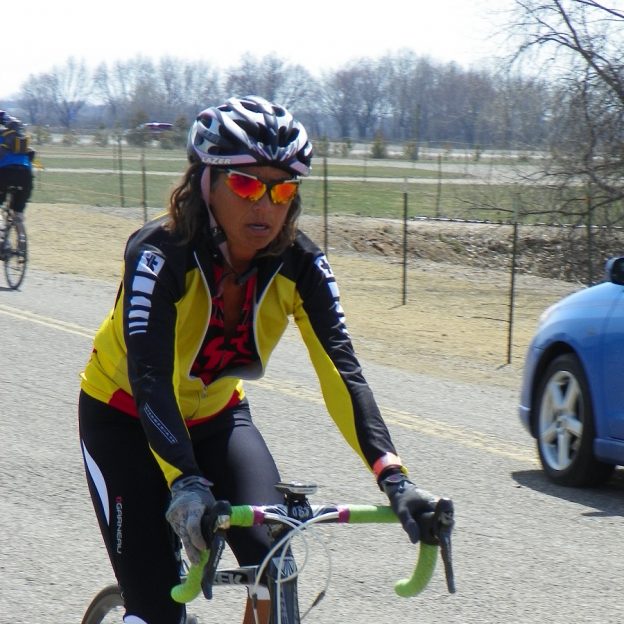
Consider Buying a Nicer Helmet That Adds Comfort to Bicycle Safety
While talking with a neighbor over the weekend, he said, “I need to go get a helmet….to set a good example for my son”. We reviewed all the reasons why buy a helmet and how to find the right one. Then I added some additional suggestions on why a more expensive helmet, with comfort and…
-

MinneCycle: Show Review and Why Buy a Custom Bike?
With hundreds of custom bike builders in the US, and hundreds more spread across globe, how do you pick the right builder? Start with shows like Minnecycle, and when possible and have a conversation.
-

Bike Crash: What to Look for and Inspect After the Unexpected
As a mountain biker that tranquil feeling is sometimes interrupted by an unexpected bike crash. Whereas crashing my bike it isn’t something I enjoy, I realize that as I try to push my boundaries, a bike crash is a real possibility. You don’t need to be a mountain biker to have a bike crash, after…
-
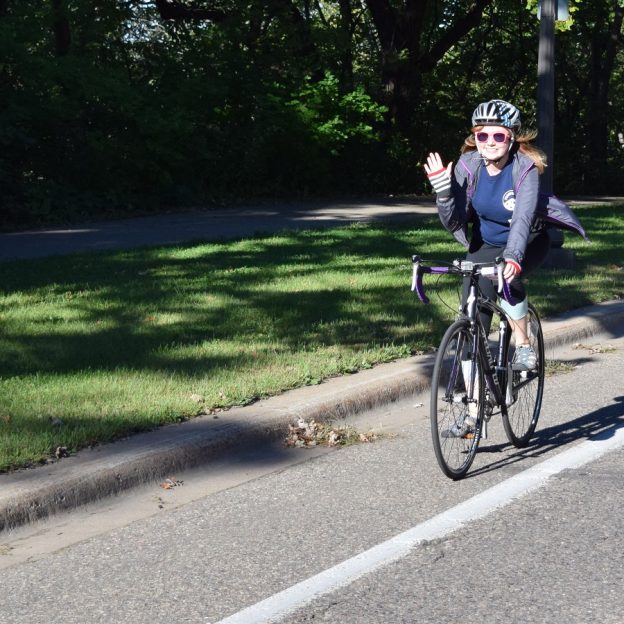
Road Bike Hacks: Descending with Confidence and Skill on Your Road Bike
What goes up must come down and going downhill on your road bike can be fun and safe if you learn some basic skills.
-

Mountain Bike Hacks: Tips and Tricks to Get You Riding Rocks Fast
One of the most intimidating situations in mountain biking is riding rocks. Places like the east coast have football field long gardens of granite that appear impossible to traverse by bike. Although as impossible as they might appear, just a few tips and some regular practice will have you zipping through rock gardens as if…
-
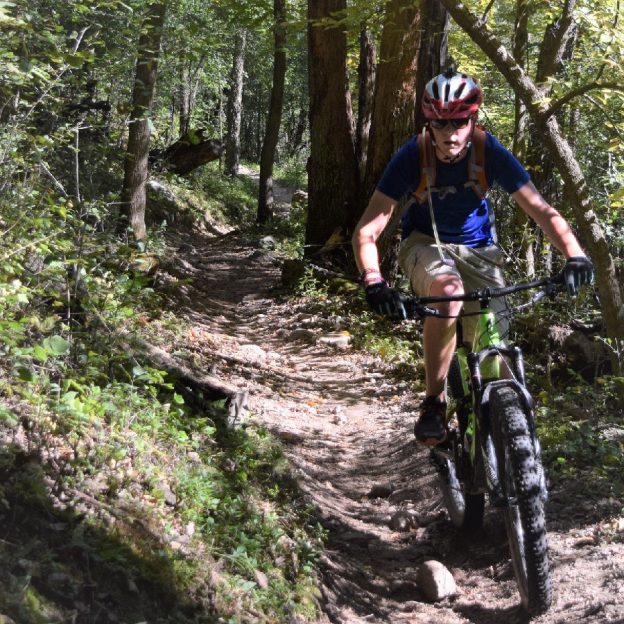
Mountain Bike Hacks: How to Descend with Speed and Confidence
For Many, the fun of mountain biking is going down hill. So how do you descend with speed and confidence? You will find it is as easy as controlling your weight, position and growing skills.

